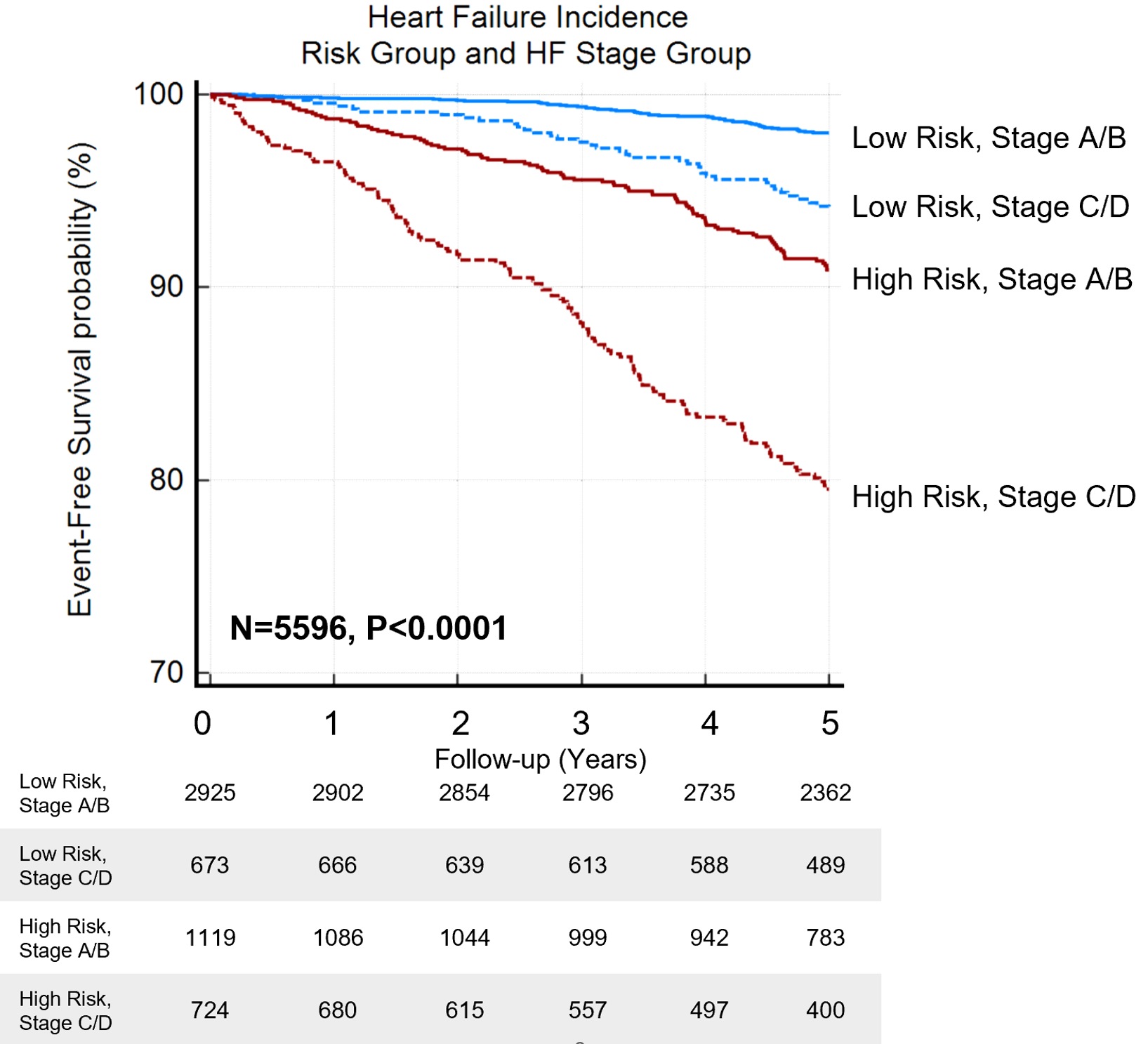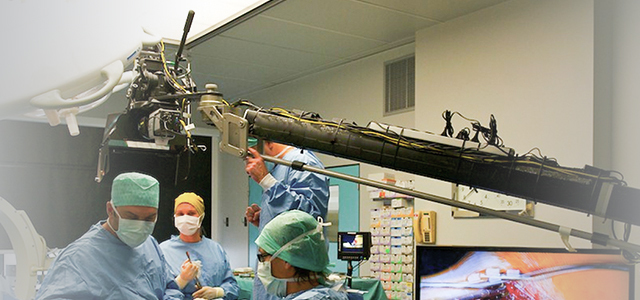A Deep Patient-Similarity Learning Framework For Age-Invariant Recognition of Diastolic Dysfunction in Elderly Patients
The prevalence of heart failure with preserved ejection fraction (HFpEF) is increasing with the aging population. However, developing tools to diagnose left ventricular diastolic dysfunction (LVDD) as the underlying mechanism for HFpEF in the older adult population is difficult due to age-related physiological changes in cardiac function.
Deep Learning Patient-Similarity Framework (DeepNN) is a data-driven tool that can explore the multivariate echocardiographic relationships of diastolic dysfunction to identify patients at risk of future HF events. We previously described how a DeepNN classifier can be used to characterize the severity of LVDD and identify a specific subgroup of patients with HFpEF who have elevated LV filling pressures, biomarkers of myocardial injury and stress, and adverse events and those who are more likely to respond to therapeutic interventions.7 In this study, we sought to assess whether the DeepNN that was developed in younger cohorts could also be applied to the older population to identify subsets of patients with a heightened risk of developing HF since the DeepNN may be capable of automatically adjusting for age-related changes in LVDD.
The database from Atherosclerosis Risk in the Community (ARIC) echocardiographic substudy was used to assess the DeepNN. The neural network reclassified patients with Stage A/B and C/D HF into high- and low-risk phenogroups where further analysis revealed a higher probability of incident HF in high-risk phenogroup in both stages (Kaplan Meier log-rank test p<0.0001 for all)

Kaplan-Meier Curve analysis for heart failure incidence in the overall ARIC population shows that if a subject is classified as high risk, they have a significantly higher risk for future events. Individual comparison between high and low-risk phenogroups for each Stage Group log-rank p <0.05. Courtesy of Shah RV, Yanamala N, Sengupta PP.
In multivariate analyses, the DeepNN remained an independent predictor of incident HF in adjusted models with age, gender, race, and comorbidities for both Stage A/B (adjusted hazard ratio [HR], 95% confidence interval [CI] = 6.52[4.20-10.13], p<0.0001) and Stage C/D (adjusted HR [CI]=6.51[4.06-10.44], p<0.0001). In addition, there was a close correlation between the model-predicted age and chronological age (r=0.83, p<0.0001). Moreover, the DeepNN predictions showed incremental value over the 2016 American Society of Echocardiography (ASE) guideline grading, with an improvement in the continuous net reclassification index of >0.404 for both HF stage groups (p<0.0001 for all).
Our results highlight the utility of the deep learning framework in automatically extracting biological variables from echocardiographic data which obviates the need for inputting age or sex-related normal values while developing nomograms for clinical risk calculators. However, future studies would require prospectively validating these models in randomized clinical trials as a decision support tool before routine risk assessment can be implemented for early therapeutic interventions in clinical practice.
This article is reproduced from JACC journals.
Surgerycast
Shanghai Headquarter
Address: Room 201, 2121 Hongmei South Road, Minhang District, Shanghai
Tel: 400-888-5088
Email: surgerycast@qtct.com.cn
Beijing Office
Address: room 709, No.8, Qihang international phase III, No.16, Chenguang East Road, Fangshan District, Beijing
Tel: 13331082638(Liu Jie)
Guangzhou Office
Address: No. 15, Longrui street, longguicheng, Taihe Town, Baiyun District, Guangzhou
Tel: 13302302667






